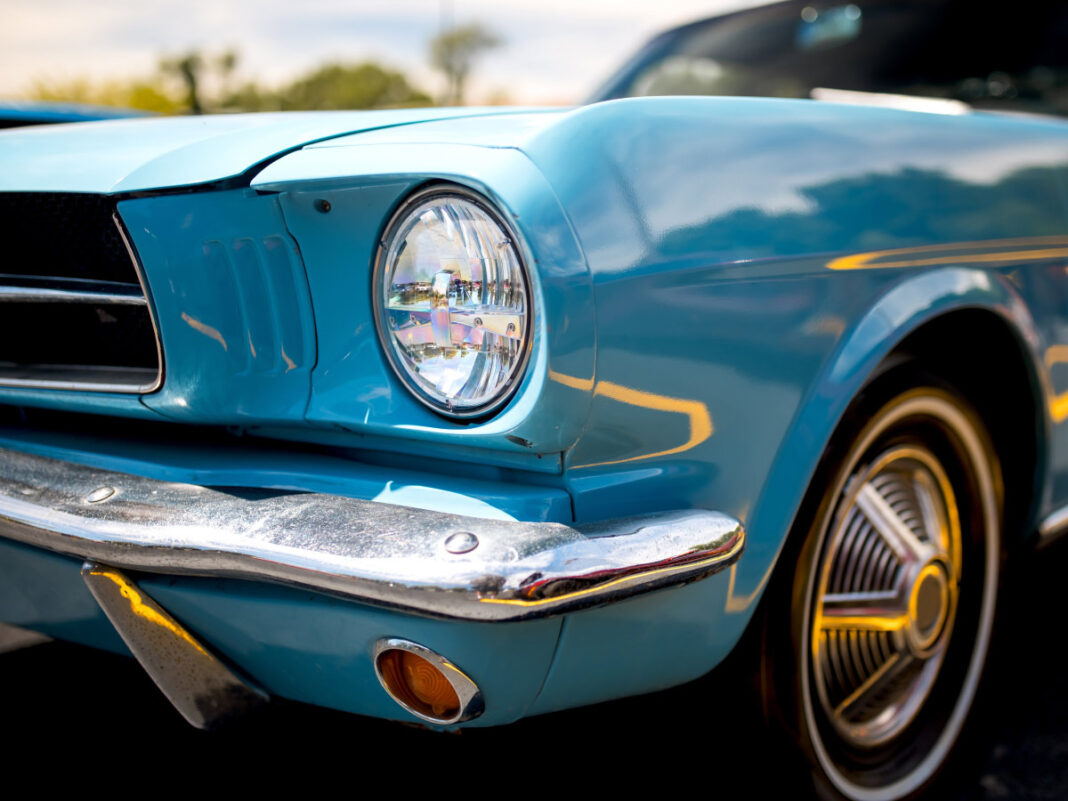In an era where innovation drives the automotive industry forward, there’s a parallel trend that taps into our collective nostalgia: the revival of iconic car brands and models. Automakers are increasingly drawing from their historical roots to breathe new life into classic names, blending heritage with modern technology to captivate both longtime enthusiasts and new generations of drivers.
The Power of Nostalgia in Modern Design
Faced with fierce competition and rapid technological advancements, many automakers find solace and strategy in revisiting their past successes. By evoking nostalgia through design, brands strengthen connections with loyal fans and establish distinct identities in evolving markets, such as electric vehicles and luxury segments.
For instance, Volvo launched the midsize V60 station wagon with a classic profile reminiscent of their iconic 200-series estates from the late 20th century. Similarly, Toyota resurrected its beloved Supra sports coupe after a two-decade hiatus, thrilling fans who had long awaited its return.
Iconic Brands Making a Comeback
Toyota Supra
The Toyota Supra, once a legend among sports cars, made a triumphant return in 2019. With 1.5 million global searches monthly, its revival catered to fans craving performance and modern styling. Despite initial controversies over shared engineering with BMW, Toyota offered a manual transmission option, staying true to the desires of driving enthusiasts.
Fiat 500
With an impressive 1.83 million searches, the Fiat 500 exemplifies a successful blend of retro charm and modern innovation. Reintroduced in 2007, it became fully electric in 2020, aligning with the industry’s shift towards sustainability. Plans for a combustion engine return in 2026 indicate Fiat’s commitment to versatility.
Ford Bronco
The Ford Bronco’s revival in 2021 rekindled the spirit of adventure associated with its original 1966 model. Garnering 1.22 million searches, the modern Bronco combines rugged design with contemporary off-road capabilities, appealing to both nostalgic fans and new explorers.
Anticipated Revivals on the Horizon
The allure of classic cars extends beyond those already reborn. Enthusiasts eagerly await the potential return of other beloved models, with manufacturers teasing possibilities.
Mazda RX-7
Known for its lightweight chassis and rotary engine, the Mazda RX-7 symbolizes Japanese performance. With 673,000 global searches monthly, rumors suggest a hybrid rotary revival. Such a move would merge nostalgic design with modern engineering, delighting fans of the original.
Volkswagen Beetle
The Volkswagen Beetle remains an icon of automotive history. Despite its discontinuation in 2019, there’s talk of an electric revival. Maintaining its classic charm with modern touches, the 2025 concept envisions a Beetle ready for the future while honoring its storied past.
Rediscovering America’s Forgotten Automotive Icons
While some brands revive models, others aim to resurrect entire marques lost to time. The book America’s Forgotten Automotive Icons delves into the significant yet overlooked contributions of pioneering American car brands like Packard, Tucker, Hudson, and Nash. These manufacturers once led the way with groundbreaking innovations that shaped modern automotive design and technology.
This comprehensive work uncovers untold stories and highlights the passionate communities keeping these legacies alive. It’s a must-read for enthusiasts interested in the cultural significance of these cars in American history.
Ordinary Cars That Saved Extraordinary Brands
Not all revivals stem from high-profile models; sometimes, it’s the unassuming vehicles that rescue brands from the brink of extinction.
Ford’s 1949 Shoebox Model
By the 1940s, Ford faced financial collapse due to outdated designs. The innovative 1949 model line, nicknamed the Shoebox Ford, transformed the company’s fortunes. With over one million units sold during a 16-month run, it laid the foundation for future legends like the Thunderbird and Mustang.
BMW’s 700 Model
BMW narrowly avoided bankruptcy in the 1950s, thanks to the production of the BMW 700. This compact car, featuring a monocoque structure and a rear-mounted engine, provided the much-needed funds to secure the company’s independence, selling 188,211 units between 1959 and 1965.
Volkswagen Golf
Despite the Beetle’s success, Volkswagen faced a decline in the early 1970s. The introduction of the Volkswagen Golf turned the tide. Praised for its reliability and practicality, the Golf became a worldwide sensation, solidifying VW’s position as an industry powerhouse.
The Influence of Consumer Demand
Manufacturers recognize that reviving classic models isn’t just about nostalgia—it’s about responding to consumer desires. As Mercedes-Benz’s head of exterior design, Robert Lesnick, notes, trends often resurge simply “because people want it.”
This consumer-driven approach ensures that revivals are not only respectful of their heritage but are also relevant in today’s market. Whether through design cues, performance capabilities, or modern technology, these revived icons must meet contemporary expectations.
Conclusion
The renaissance of forgotten car brands and models reflects a fascinating intersection of heritage and innovation. By honoring their past while embracing the future, automakers tap into the emotional connections that cars evoke. This trend not only preserves automotive history but also enriches the industry’s cultural tapestry, offering drivers the chance to experience the best of both worlds.
As we look forward to potential revivals and celebrate those already realized, one thing is clear: the journey of these iconic cars is far from over. Their stories continue to unfold, reminding us that sometimes, looking back is the best way to move forward.


